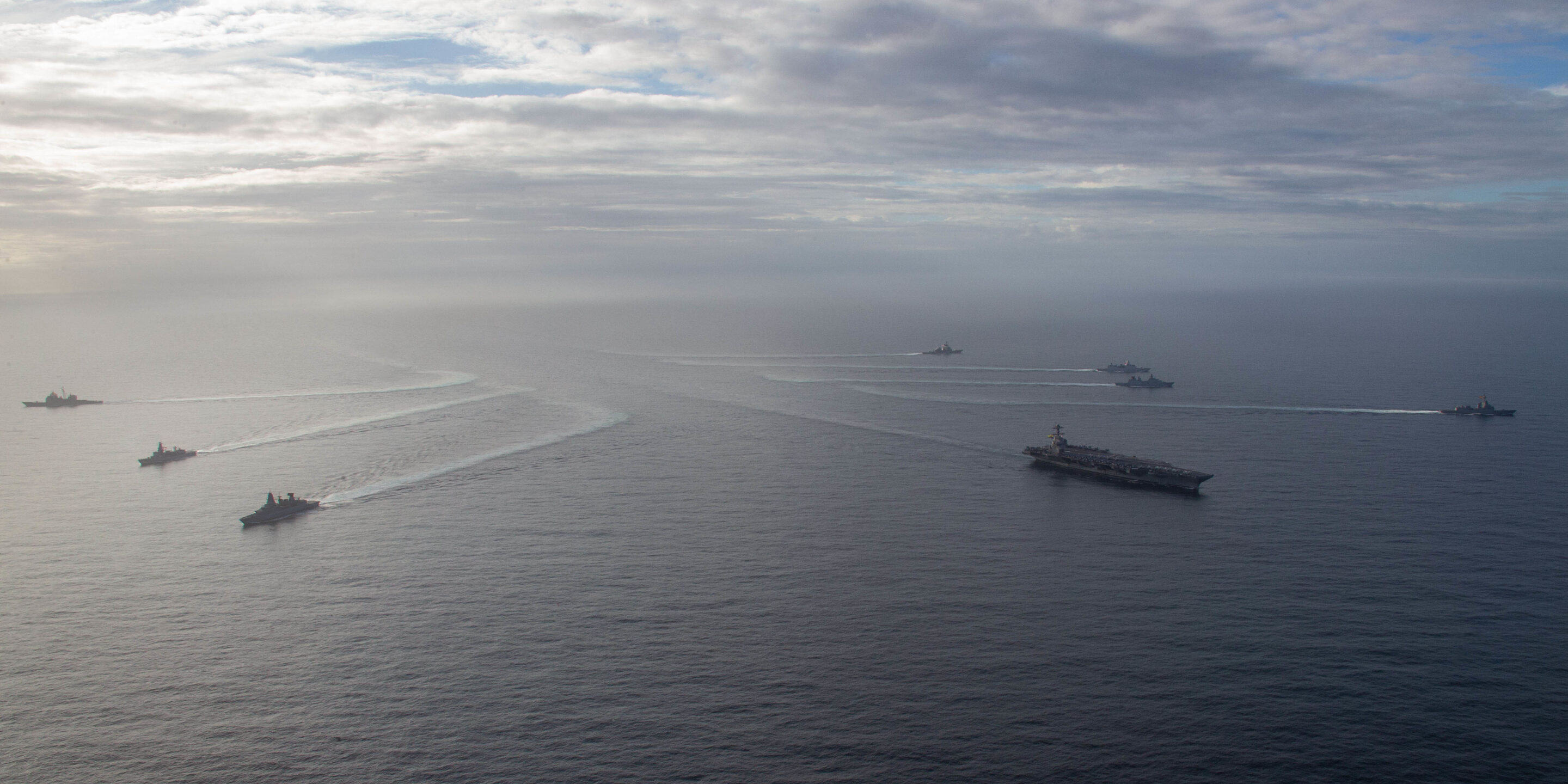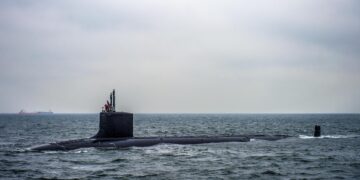July 14, 2024
Geography is a dealbreaker for coalition building in Asia

At the 2024 Shangri-La Dialogue in Singapore, Secretary of Defense Lloyd Austin touted a “new convergence” between the United States and its Indo-Pacific allies and partners that is “defining a new era of security in the Indo-Pacific.” Austin came with a list of accomplishments to back it up, hailing expanded U.S. military access to bases in Australia and the Philippines, a “new era” in U.S.-Japan-South Korea trilateral cooperation, and co-production deals with India.
But this “new convergence” is more of an illusion than reality. As we argued in a longer piece in the Washington Quarterly, the United States still lacks military access to critical parts of Asia, a robust regional security network, and well-armed allies and partners capable of self-defense. Worse, trying harder will not solve these myriad problems because the region’s geography—its vast distances and maritime environment—works against coalition-building. Instead of trying to outmatch or outcompete China, Washington should acknowledge the geographic reality and build a more narrow but sustainable coalition to balance Chinese power and prevent Beijing’s regional hegemony.
More on Asia

Featuring Dan Caldwell
July 13, 2025

By Jennifer Kavanagh and Dan Caldwell
July 9, 2025

Featuring Jennifer Kavanagh and Dan Caldwell
July 9, 2025

Featuring Lyle Goldstein
July 4, 2025





